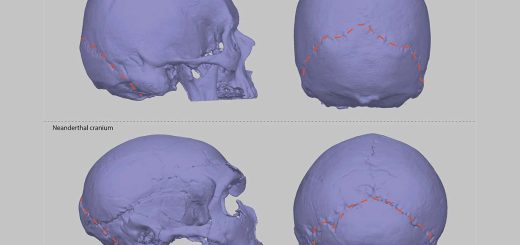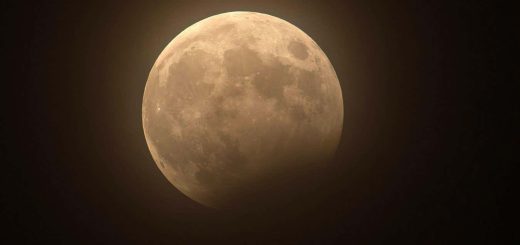Remnants of the universe’s first stars may have been found
The first stars in our universe may have blown up in relatively weak supernovae, and astronomers believe they have found three clouds of ash remaining from those cosmic explosions
By Leah Crane
3 May 2023
An artist’s impression of distant gas clouds
European Southern Observatory
Astronomers may have spotted the remains of some of the universe’s first stars. These stars would have been very different from ones that formed more recently, and studying their ashes could help us understand the early days of the cosmos.
Stefania Salvadori at the University of Florence in Italy and her colleagues spotted these traces using the Very Large Telescope in Chile. They didn’t observe them directly, but used light from quasars – extraordinarily bright objects at the centres of distant galaxies, powered by matter falling into supermassive black holes – to infer the existence of these primordial stars.
As light from a quasar propagates through the cosmos, it passes through clouds of gas that absorb certain wavelengths depending on what elements they contain. The researchers used this absorption to identify three distant gas clouds nearly 25 billion light years away with strange chemical signatures. Because light takes time to travel through space, the researchers observed these clouds as they appeared more than 11 billion years ago.
Advertisement
Read more:
JWST captures the most distant star ever seen in incredible detail
Gas clouds like these ones are often left behind after a star explodes in a supernova, blasting away its contents. But astronomers expect that some of the first stars wouldn’t have exploded completely, leaving their cores and the heavier elements therein intact. These explosions would have left behind clouds rich in carbon, oxygen and magnesium, but with little to no iron, unlike the clouds from more powerful blasts.
That is exactly what the researchers found. “Our discovery opens new avenues to indirectly study the nature of the first stars, fully complementing studies of stars in our galaxy,” said Salvadori in a statement. Some of the oldest stars in our galaxy seem to have formed from gas clouds like this containing the ashes of even older stars.


